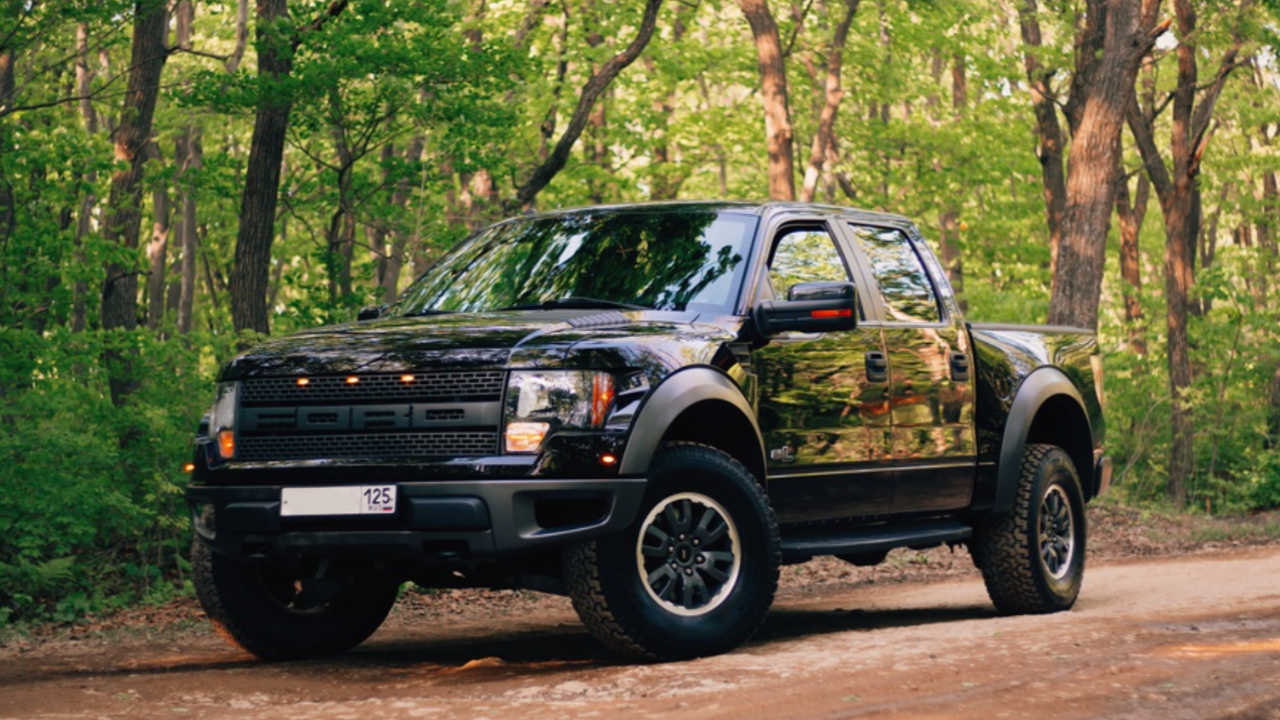Why 2+8+9 Don’t Equal 1: Cracking the Code on Commercial Auto Symbols
Jan 28, 2025
an article by Noelle McCall, CIC, CRM, CCIP, ACRA, CISR
Commercial auto liability policies cover the insured's liability for damages to a third party because of bodily injury or property damage arising out of the ownership, maintenance, or use of a covered auto. Understanding what a covered auto is can be tricky, but it doesn’t have to be.
Unlike other types of liability insurance, commercial auto policies use numbers—called coverage symbols—to indicate what types of vehicles are covered under the policy. These symbols appear on the policy’s declarations page next to each coverage type (like liability or medical payments) and define the specific scope of coverage. Let’s break it down so it’s easy to understand.
What Do the Symbols Mean?
Commercial auto policies use numbers to represent different types of vehicles. Here’s a basic overview:
- Symbols 1–9 and 19: Used for standard business auto policies.
- Symbols 21–31: Used for garage policies.
- Symbols 41–50 and 59: Used for truckers.
- Symbols 61–71 and 79: Used for motor carrier policies.
In addition, symbols 10 (business auto), 32 (garage), 51 and 52 (truckers), and 72 and 73 (motor carrier) can be added for customization. This customization is done through the use of the ISO Covered Autos Designation Symbol endorsement (ISO CA 99 54), which lets businesses define their “covered autos” more precisely.
Why Symbol 1 Is the Gold Standard
When asking a contractor to carry commercial auto liability insurance in a contract, Symbol 1 is the best choice. It provides the broadest coverage because it applies to liability for any auto the contractor uses—whether they own it, rent it, or borrow it.
If the contractor can’t provide Symbol 1 coverage, the next best option is to require Symbols 2, 8, and 9:
- Symbol 2: Covers vehicles the contractor owns.
- Symbol 8: Covers vehicles the contractor rents, leases, borrows, or hires.
- Symbol 9: Covers vehicles the contractor doesn’t own, lease, hire, rent, or borrow, but uses for business (e.g., employee-owned cars).
The Limitations of Symbols 2, 8, and 9
While Symbols 2, 8, and 9 provide decent coverage, they don’t offer the same protection as Symbol 1. Here’s where they fall short:
Hired Autos (Symbol 8):
- Symbol 8 only covers cars rented in the business’s name, not those rented personally by an employee.
- Symbol 1, on the other hand, covers the business for liability even if an employee rents a car in their own name (though it doesn’t protect the employee personally).
- Pro Tip! - To protect both the business and the employee, add endorsement ISO CA 20 54 (“Employee Hired Autos”). This endorsement extends coverage to employees who rent vehicles personally for business use.
- Pro Tip! - Employees can add business use coverage to their personal auto policy for an additional cost. Employees should review their personal auto policy to see what exclusions and limitations may apply to business use coverage or ask their insurance agent or insurer about this.
Borrowed Vehicles (Symbol 8):
- Symbol 8 doesn’t cover liability for vehicles borrowed from employees. Employees is defined to also include any business owners noted below:
- the sole proprietor of the business
- an individual who is a partner of a partnership
- and a member of a limited liability company, through which the business is operated.
Non-Owned Vehicles (Symbol 9):
- Symbol 9 covers the business for vicarious liability if an employee uses their personal vehicle for work. However, this only applies to vehicles used “in connection with the business.”
- The term “in connection with the business” can be vague, leading to uncertainty about what situations are covered.
Handling Pushback from Contractors
The contractor might resist both symbol 1 (if they don’t have this symbol on their auto policy) and symbol 2 (if they don’t own any autos). In that case, the fallback option would be to accept symbols 8 and 9. While this approach isn’t ideal, it’s the next best choice.
Key Takeaways
- Symbol 1 offers the broadest and most reliable coverage for any auto the contractor uses.
- If Symbol 1 isn’t available, use Symbols 2 (owned autos), 8 (hired autos), and 9 (non-owned autos) as alternatives, but be aware of their limitations.
- Consider adding endorsements like ISO CA 20 54 to fill gaps in coverage.
By understanding how these symbols work, you can better negotiate insurance requirements in contracts to reduce the risk of uninsured losses.
